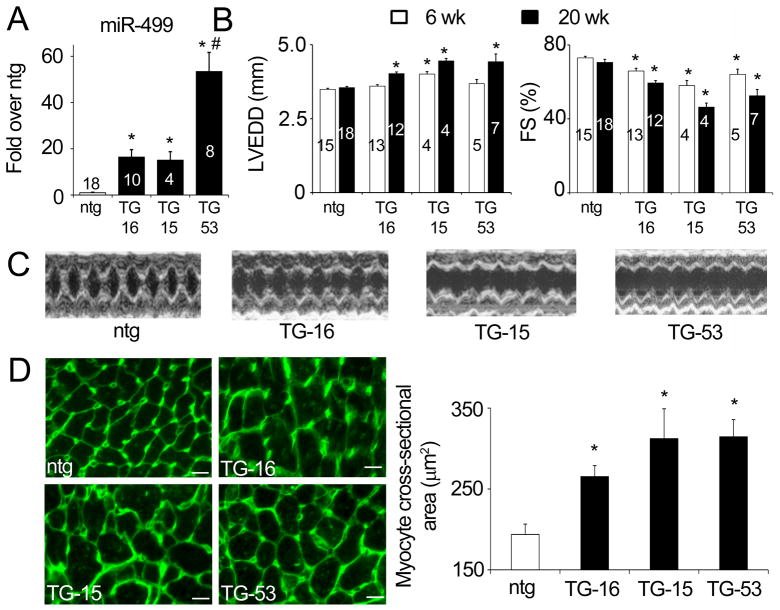Figure 2. Cardiac miR-499 overexpression causes heart failure in mice.
(A) Cardiac-directed overexpression of miR-499 in two transgenic mouse lines at levels similar to human heart failure (TG-16 and TG-15) and in a higher-overexpressing line (TG-53). * denotes P<0.0001 relative to nontransgenic (1-way ANOVA); # denotes significant difference to all other groups (Tukey’s pairwise comparisons). (B) Progressive dilated cardiomyopathy in miR-499 transgenic hearts shown by increases in left-ventricular end-diastolic dimension (LVEDD) and decreases in fractional shortening (FS%) at 20 weeks of age. Two-way ANOVA was used to assess effects of timepoint and genotype (full details in Online Table II); * denotes significant difference vs age-matched nontransgenic. For both (A) and (B), data shown are mean ± s.e.m.; numbers of hearts are shown in columns. (C) Representative M-mode echocardiograms from 20 week-old mouse hearts. (D) Myocyte cross-sectional area shown by fluorescent wheat germ agglutinin staining of 20 week-old mouse hearts. White scale bar represents 10 μm. Quantitation represents mean values from ~600 myocytes, from each of two hearts. * denotes P=0.0004 relative to nontransgenic (1-way ANOVA).

